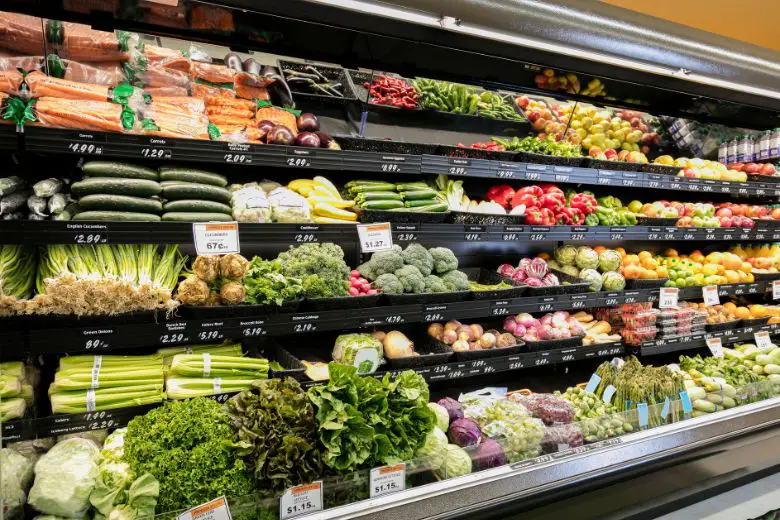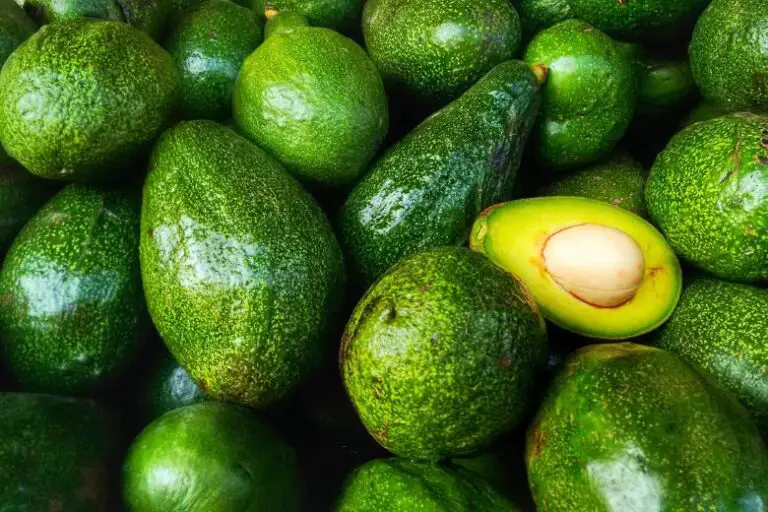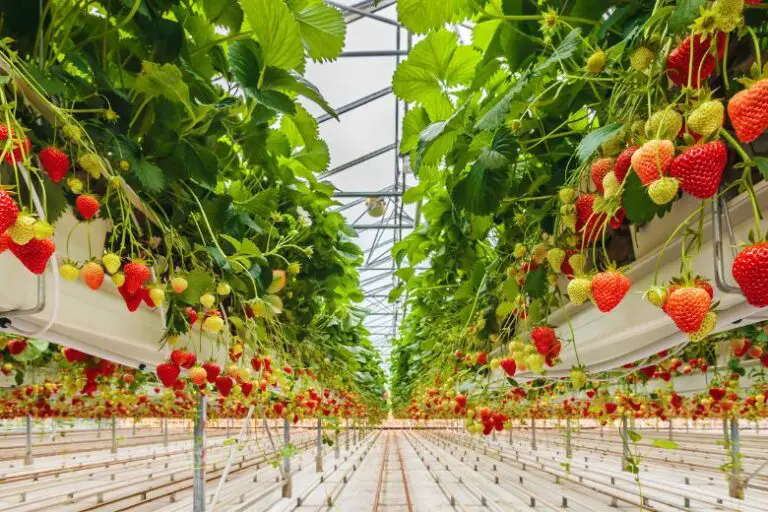Why Are There No Strawberries in Stores
Have you noticed the absence of those plump, juicy strawberries in your local grocery store? It’s not just your imagination – the shortage of strawberries on store shelves has been a perplexing concern for many consumers.
The Demand-Supply Conundrum
Changing Consumer Preferences
Over the years, there has been a shift in consumer preferences towards healthier food options. Strawberries, known for their rich nutritional content and delectable taste, have gained immense popularity. This surge in demand has put pressure on producers to meet the expectations of health-conscious consumers.
Seasonal Nature of Strawberries
Strawberries are notorious for being highly seasonal fruits. They flourish during specific times of the year, making them more readily available in the warmer months. However, when the off-season arrives, scarcity becomes a natural consequence, leading to decreased supply.
Agricultural Challenges
Vulnerability to Climate Changes
Strawberry crops are particularly sensitive to changes in climate. Unpredictable weather patterns, extreme temperatures, and irregular rainfall can adversely affect their growth and yield. Climate-related disruptions often lead to reduced harvests and, subsequently, shortages in stores.
Pests and Diseases
The health of strawberry crops is threatened by a variety of pests and diseases. These challenges can result in substantial crop losses, impacting the overall availability of strawberries in the market. Farmers often need to employ pest management strategies to ensure a successful harvest.
Supply Chain Disruptions
Transportation Issues
The journey from the farm to the store involves several stages of transportation. Delays or disruptions at any point along this supply chain can lead to spoilage or damage to the strawberries. Transportation challenges can range from logistical issues to unexpected events, causing a decrease in the quantity of strawberries reaching the stores.
Labor Shortages
The labor-intensive nature of strawberry farming requires a significant workforce during planting and harvesting seasons. Labor shortages, whether due to regulatory changes or societal factors, can impact the timely cultivation and picking of strawberries. This, in turn, affects their availability in stores.
Economic Factors
Fluctuations in Pricing
Market dynamics and economic conditions can influence the pricing of strawberries. Fluctuations in the cost of production, currency exchange rates, and global demand can all contribute to variations in strawberry prices. Higher prices may lead to reduced consumer purchasing, affecting the demand-supply balance.
Export and Import Trends
Strawberries are often imported and exported across borders to meet demand and take advantage of varying growing seasons. Changes in trade policies, tariffs, and international relations can disrupt these flows, causing imbalances in the availability of strawberries in different regions.
Conclusion
In the world of strawberries, supply and demand intricacies, agricultural challenges, supply chain disruptions, and economic factors all play a role in the enigma of their scarcity. The absence of strawberries on store shelves is a complex issue influenced by a multitude of interconnecting factors. By understanding these factors, consumers can gain insights into the broader dynamics of the food supply chain.







